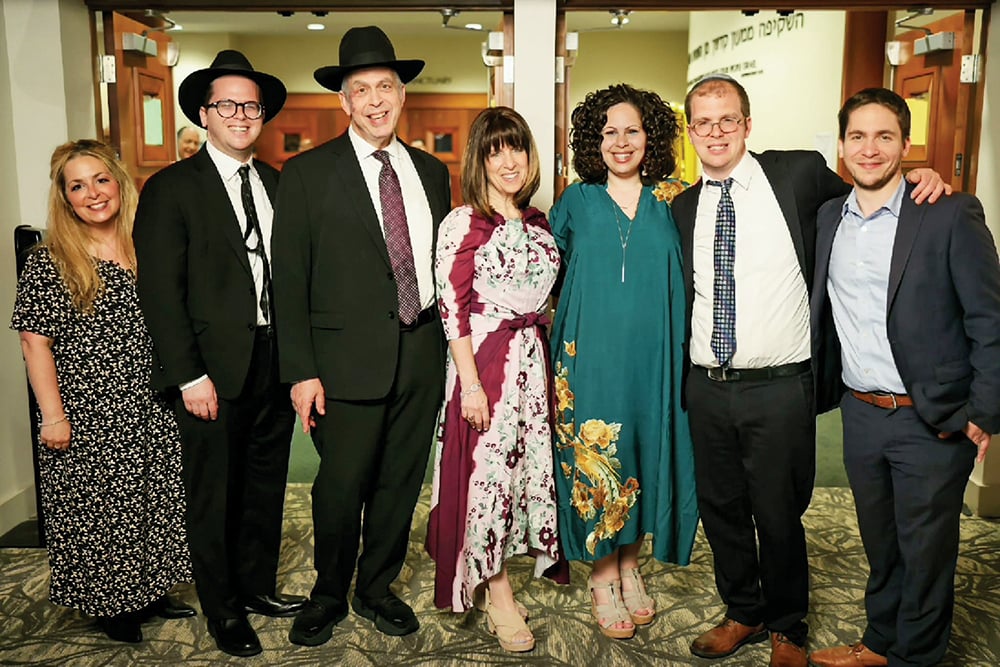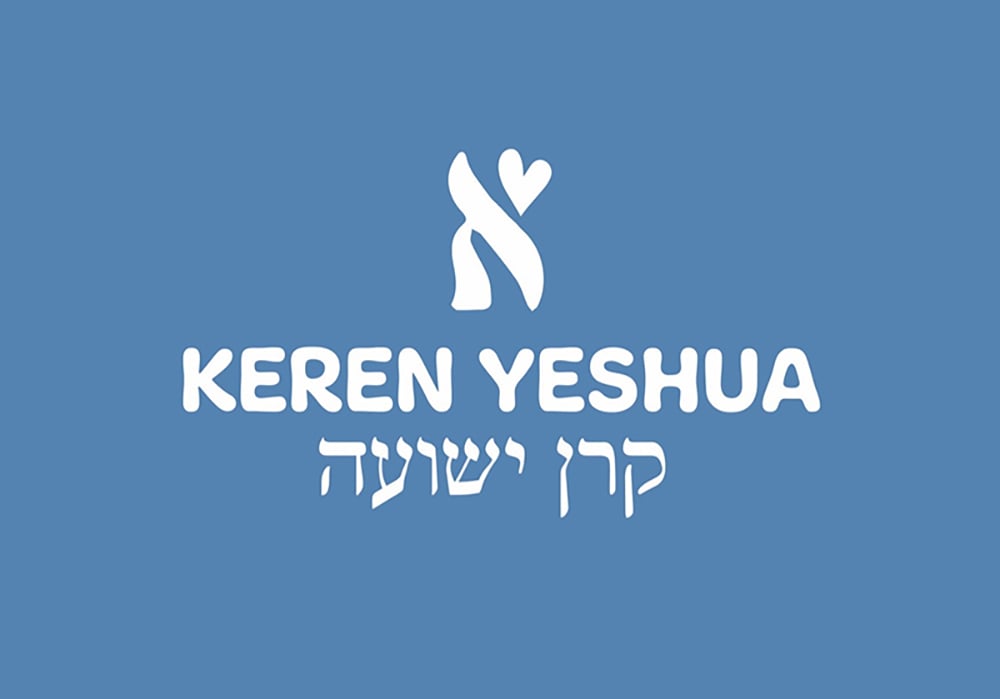So someone you know is making a simcha! Mazel tov! Now what?
There are all these articles written on how to make a vort, but there are never really articles for the people showing up. Especially the people who don’t really want to be there. I mean, they’re happy for the baalei simcha, but… I don’t want to have to go to your stuff.
What Kind of Thing Is This Going To Be?
Most vorts are not sit-down affairs. The main reason for this is that no one should have to say a vort.
Like a sholom zachor, vorts are often done in the baal simcha’s house, the difference being that at a sholom zachor, the dining room table is in middle of the room, and at a vort, it’s supposed to be at the side of the room, so that everyone bumps their heads on the chandelier.
If the house has multiple entrances, there will be a sign telling women to go to the back door. This is not anything against women. It’s because men don’t read signs. A man would just cheerfully barge in, say, “Oh!” and then try to make his way through to get to the men’s section. He will climb over the buffet table, thinking that that’s what you’re supposed to do.
“You know, the food was prettier on that side.”
How Long Are We Going to Have to Spend There?
The amount of time you stay at a vort is determined by how close you are to the baalei simcha. If you’re physically related, you have to arrive before the chosson and kallah do and stay until the next day. If you barely know them, you can power walk through from one door to the other, stopping briefly to nod at the baal simcha from across the room and do a little wave, like you’re recognizing him on a Chol Hamoed trip.
What Do I Even Wear to This Thing?
Call the baalei simcha and ask. This is what they want to be bothered with the day they’re making a simcha.
If you’re only going to be there for a little while, as a man, you don’t really have to put on anything special. In fact, you always see a couple of guys there dressed in baseball caps and jeans, like they came straight from heavy-duty work, and they’re standing around for a while and eating like a full supper, because they’re going right back to work afterwards.
Do We Have to Get Like a Gift or Anything?
You want to bring a gift, because yes, you’re planning on bringing a gift to the wedding, but what are they going to do between the vort and the wedding? They’re two separate, unrelated simchas, right? I mean, what if the wedding doesn’t happen?
Most people get things that are meant to be used after the wedding. What’s an engaged couple going to do with a set of glasses? She’s going to take half of them to her parents’ house and he’s going to take half to his parents’ house? When I was engaged, a couple of my aunts and uncles got together and got us some nice down blankets. And I was like, “Awesome! I can use one of these for yeshiva!”
You should also be aware that there’s a trend nowadays, if you have time, to make your gift into a whole huge display and wrap it with clear cellophane, like shalach manos, so that everyone coming to the vort goes, “Ooh, look what they gave!” and the vort becomes about you. Basically, there’s this corner of the room that is like a museum of gifts, and provides hours of conversation for people who are tired of talking about how they know someone who knows the other side.
So Which One Is the Chosson?
This is a fun game people play at vorts—trying to figure out who the person you know is engaged to.
“OK, so we know the girl; who’s the guy? Which guy do you think it is?”
It’s basically like an unveiling, because until the vort, it was a big secret who the chosson was. Nobody would tell you anything. And then at the vort, you get to stand there: “Is that the chosson? Is that the chosson?” There should actually be more of an unveiling ceremony, like an art unveiling, where when you get there, there’s a guy standing with a drop cloth over his head, and the kallah’s on the other side of the room with a drop cloth on her head, and when enough people show up, the shadchanim unveil them. Maybe someone says a short vort first, because it is a vort. I mean they kind of do a similar thing at a chasunah with the kallah, but by then everyone already knows who the kallah is.
So here are some tips:—If you’re a man and you’re not sure who the chosson is, wait until the dancing. It’s going to be one of the people in the middle of the circle. If the chosson has a lot of brothers, good luck.—If you’re a woman and you’re not sure who the kallah is, I’m not sure how to tell. I guess she’s going to be the only person with a new piece of jewelry who’s not wearing a sheitel.—According to my wife, the kallah is the one who’s glowing. I don’t know what that means. I guess turn off the lights and see what happens.
But see, this is why I think we shouldn’t all dress up for a vort. We really shouldn’t. Only the chosson and kallah should dress up, so we know who they are. Everyone else should wear weekday clothes. That way, you can say, “Oh, he’s the one whose pants match his jacket.”
Anyway, we’ll continue with this next week. Just stand there awkwardly until I get back.
Mordechai Schmutter is a freelance writer and a humor columnist for Hamodia and other magazines. He has also published eight books and does stand-up comedy. You can contact him at [email protected].










